Maintaining a comfortable humidity level in your living room is crucial for a healthy and comfortable environment. But what exactly is the ideal humidity level for your living room? The answer is not a straightforward number, as it can vary depending on various factors.What is the Normal Humidity Level for a Living Room?
The recommended humidity level for a living room is between 40% to 60%. This range is considered to be the most comfortable and healthy for humans and can also help in preserving your furniture and other belongings. To maintain this level, it is essential to have proper ventilation in your living room. Opening windows and using exhaust fans can help in regulating the humidity levels. You can also invest in a dehumidifier or humidifier to control the humidity levels in your living room.How to Maintain a Comfortable Humidity Level in Your Living Room
Proper humidity levels are crucial for maintaining a healthy living environment. High levels of humidity can lead to mold and mildew growth, which can cause respiratory issues and allergies. On the other hand, low humidity levels can cause dry skin, irritated eyes, and respiratory problems. Moreover, maintaining the right humidity levels can also prevent damage to your furniture and wooden floors, which can shrink or crack in extremely dry conditions.The Importance of Proper Humidity in Your Living Room
As mentioned earlier, the recommended humidity level for a living room is between 40% to 60%. This range is considered to be the most comfortable and healthy for humans. However, in some climates, it can be challenging to maintain this level naturally. In colder climates, the humidity levels can drop significantly, and in warmer climates, it can be challenging to keep the humidity levels low. In such cases, using a dehumidifier or humidifier can help in maintaining the ideal humidity level for your living room.Recommended Humidity Levels for a Healthy Living Room
It is essential to monitor the humidity levels in your living room regularly. You can use a hygrometer to measure the humidity levels accurately. Place it in different areas of your living room to get an overall idea of the humidity levels. Monitoring the humidity levels can help you identify any changes and take necessary actions to maintain the ideal range. It is recommended to check the humidity levels at least once a week.How to Measure and Monitor Humidity in Your Living Room
If you live in a dry climate or experience low humidity levels in your living room, there are a few ways to increase the humidity. You can use a humidifier, which adds moisture to the air, making it more comfortable to breathe. You can also keep houseplants, as they release moisture through transpiration, increasing the humidity levels naturally. Another way to increase humidity is by placing bowls of water near heat sources, such as radiators or vents. The water will evaporate, adding moisture to the air.Ways to Increase Humidity in a Dry Living Room
If you live in a humid climate or experience high humidity levels in your living room, there are ways to decrease the humidity. The first step is to ensure proper ventilation in your living room. Open windows and use exhaust fans to circulate the air and reduce moisture. You can also use a dehumidifier, which removes excess moisture from the air. It is recommended to use a dehumidifier with a built-in humidistat, which automatically turns off the device when the desired humidity level is reached.How to Decrease Humidity in a Humid Living Room
Both high and low humidity levels can have adverse effects on your living room and overall health. High humidity can lead to mold and mildew growth, which can damage your walls, floors, and furniture. It can also cause respiratory issues and allergies. On the other hand, low humidity can cause dry skin, nosebleeds, and respiratory problems. It can also damage wooden furniture and floors, causing them to shrink or crack.Effects of High and Low Humidity in Your Living Room
If you are looking to invest in a humidifier, there are various options available in the market. The type of humidifier you choose will depend on your budget and needs. Some popular types of humidifiers include ultrasonic, evaporative, and steam humidifiers. It is essential to choose a humidifier with a built-in humidistat to maintain the desired humidity level in your living room. It is also recommended to clean and refill the humidifier regularly to prevent the growth of bacteria and mold.Best Humidifiers for Maintaining Normal Living Room Humidity
Here are some additional tips for controlling humidity levels in your living room:Tips for Controlling Humidity in Your Living Room
Why Maintaining Normal Living Room Humidity is Important for Your House Design
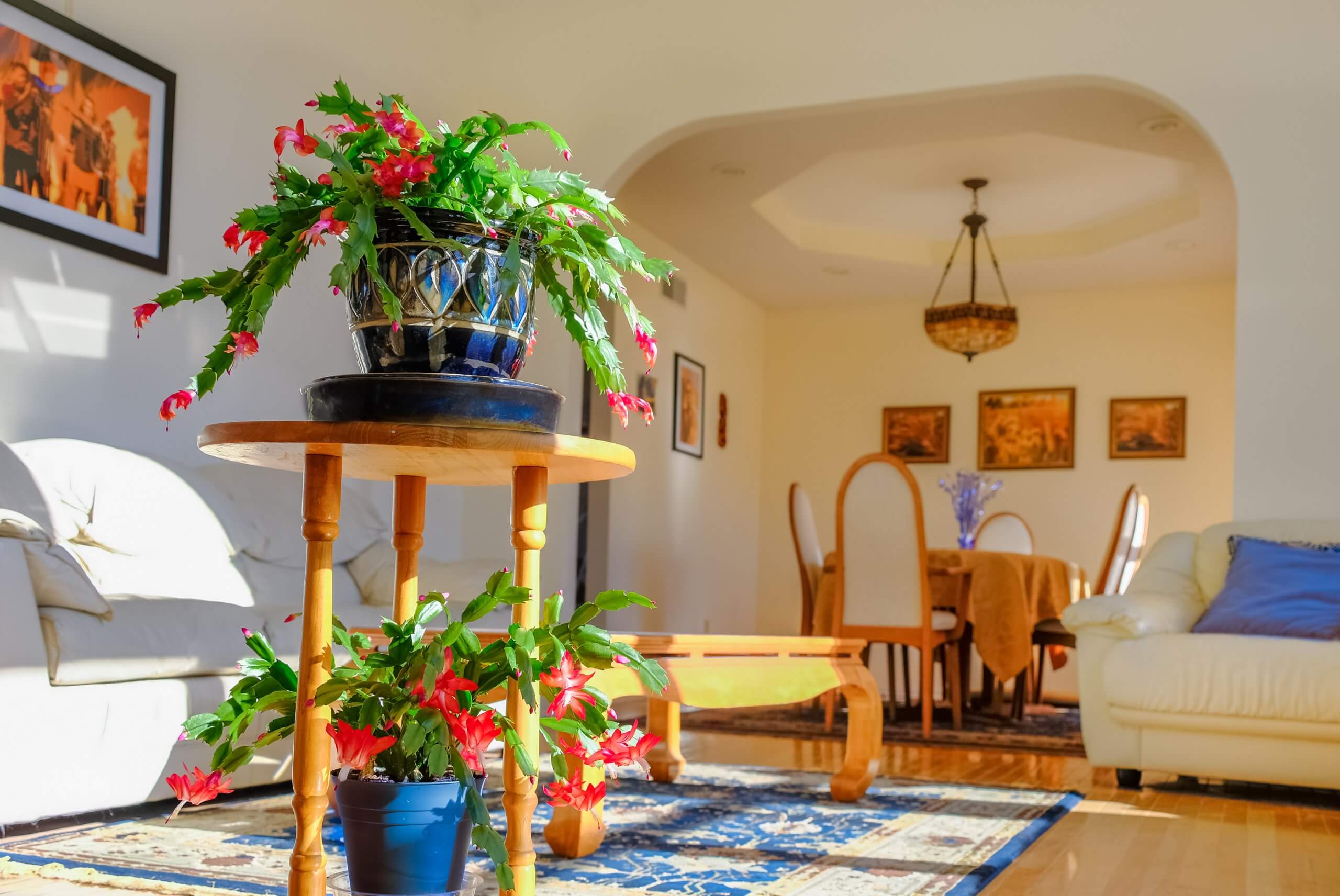
When it comes to designing your home, there are many important factors to consider such as the layout, colors, and furniture. However, one aspect that is often overlooked is the humidity level in your living room. Normal living room humidity is crucial for both the comfort and health of your family, as well as the overall design aesthetic of your home.
The Effects of High Humidity on Your Home

High humidity levels can have a negative impact on your home in various ways. Excessive humidity can cause damage to your furniture, walls, and floors, leading to potential mold growth and structural issues. It can also make your living room feel damp and uncomfortable, which can be especially problematic for those with respiratory issues or allergies.
Furthermore, high humidity levels can affect the overall design of your living room. Moisture in the air can cause paint to peel, wallpaper to bubble, and wood to warp, ruining the aesthetic of your space. This can result in costly repairs and renovations, which can easily be avoided by maintaining normal living room humidity .
The Benefits of Maintaining Normal Living Room Humidity

On the other hand, maintaining normal living room humidity can have numerous benefits for your home and your family. First and foremost, it can improve the air quality in your living room, making it a more comfortable and healthy environment. This is especially important for households with young children or elderly individuals who may be more prone to respiratory issues.
Additionally, maintaining normal humidity levels can help preserve the longevity of your furniture and decor. By preventing moisture build-up, you can avoid potential damage and extend the lifespan of your belongings. This not only saves you money in the long run but also allows you to maintain the design aesthetic of your living room.
Tips for Maintaining Normal Living Room Humidity

So, how can you ensure normal living room humidity in your home? One of the most effective ways is to invest in a dehumidifier. This device will help regulate the moisture levels in your living room and keep it at a comfortable level. It's also important to properly ventilate your living room by opening windows and using exhaust fans.
In addition, it's important to fix any water leaks or plumbing issues in your home as soon as possible. These can contribute to high humidity levels and cause damage to your living room. Lastly, regularly check and maintain your HVAC system to ensure it is functioning properly and helping to regulate the humidity in your home.
In Conclusion

In conclusion, maintaining normal living room humidity is crucial for both the design and well-being of your home. By following the tips mentioned above, you can ensure a comfortable and healthy living space for you and your family, while also preserving the aesthetic of your living room. Don't overlook this important aspect of house design and start monitoring the humidity levels in your home today.
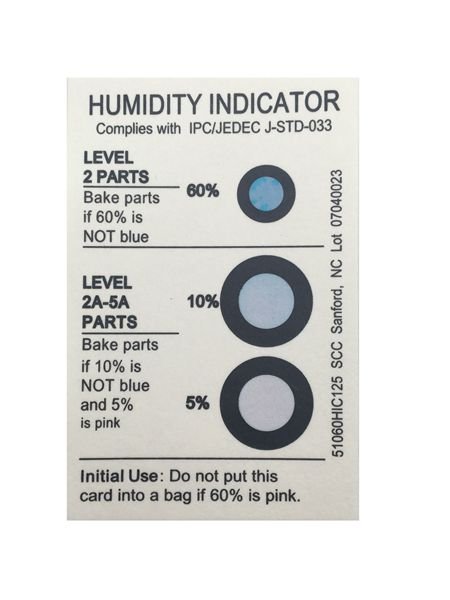




























.jpg?width=1754&name=Humidity level chart (1).jpg)














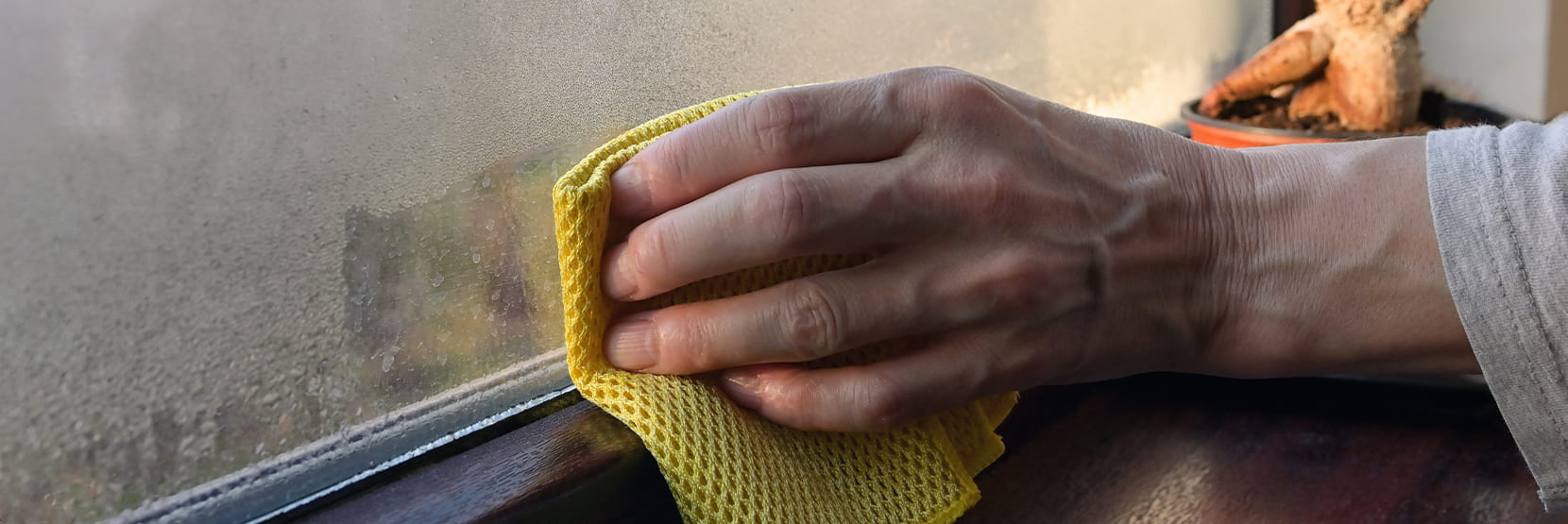




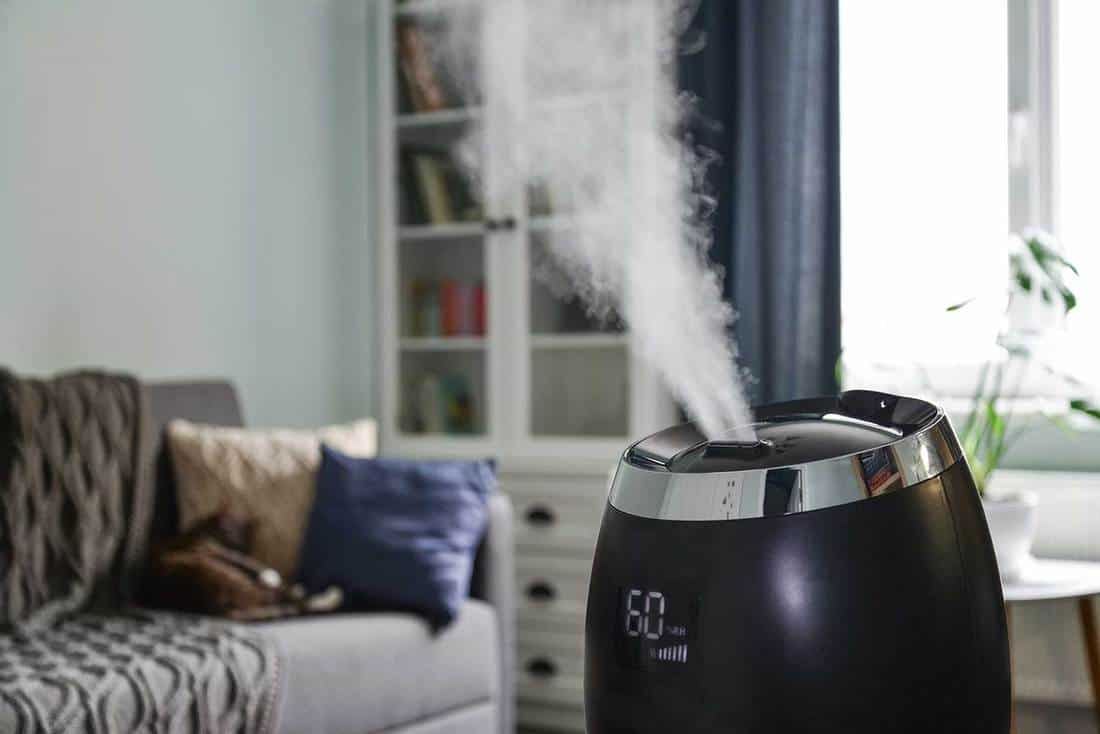
















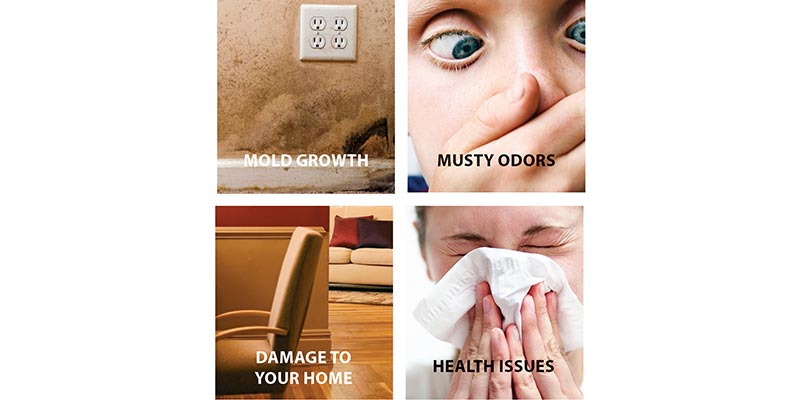















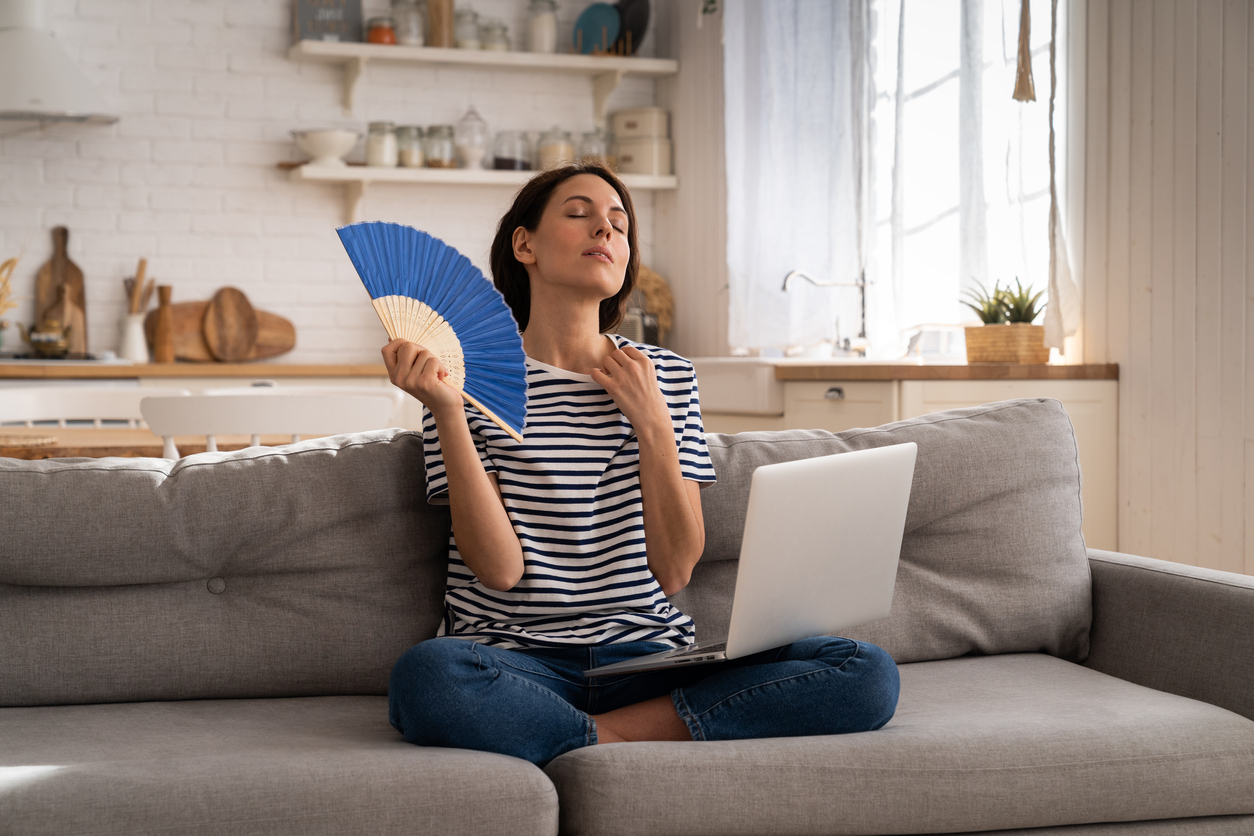
:max_bytes(150000):strip_icc()/freshen-and-unclog-drain-with-baking-soda-1900466-22-bbf940b70afa4d5abef0c54da23b1d3f.jpg)





